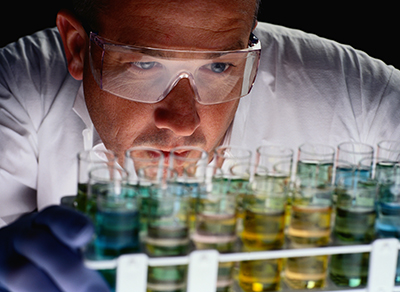For several decades, the FDA has undertaken many initiatives to improve the quality and safety of sterile drug products. In recent years, efforts have also been undertaken to accelerate the rate for application approval by adding earlier involvement of microbiology reviewers in drug development. Product and manufacturing process development, as well as safe use and product design, are among the elements of enhanced technical involvement. An overview of the product quality microbiology aspects for sterile drugs is provided.
Drug development and production pose technical challenges and unique opportunities. From the perspective of a regulator, the concerns for safety and effectiveness of the product are paramount. The developer of the drug wants a desirable product that will be successful in the marketplace and reward his investment. However, practical challenges of manufacture may impact the usefulness and safety of the product.
For parenteral products, sterility is a key product attribute for product safety. To provide regulatory standards for the manufacture of large volume parenterals, FDA proposed Current Good Manufacturing Practice (CGMP) regulations (1) to establish minimum manufacturing standards. This regulation was not made a regulation; however, the standards and practices described in the proposed rule remain the FDA’s position.
Similarly, FDA attempted to improve the safety of sterile drug products by requiring (in 1991) that products use terminal sterilization processes when the product could withstand its rigors (2). Eventually, the proposed CGMP rule was withdrawn (3). However, the withdrawal of a proposed rule does not change FDA’s scientific opinion on the matter. Terminal sterilization should be used whenever it is feasible, and that remains the review policy for new drug microbiology review. Similarly, ICH Q8a (r2) advises manufacturers, “For those products intended to be sterile, an appropriate method of sterilization for the drug product and primary packaging material should be chosen and the choice justified” (4).
A great deal of effort has been applied to develop technologies for use with aseptic processing, and through a coordinated effort among investigators and reviewers, partnering with industry and independent scientists, an overall improvement in manufacturing quality systems has evolved with concurrent product quality enhancement.
Quality improvement efforts remain ongoing through the Quality by Design initiative. However, adverse events have continued to be reported that are related to various aspects of sterile products. Often, these relate to improper handling that can be attributed to inadequate instructions for use, inadequate handling practices, or inappropriate packaging.


